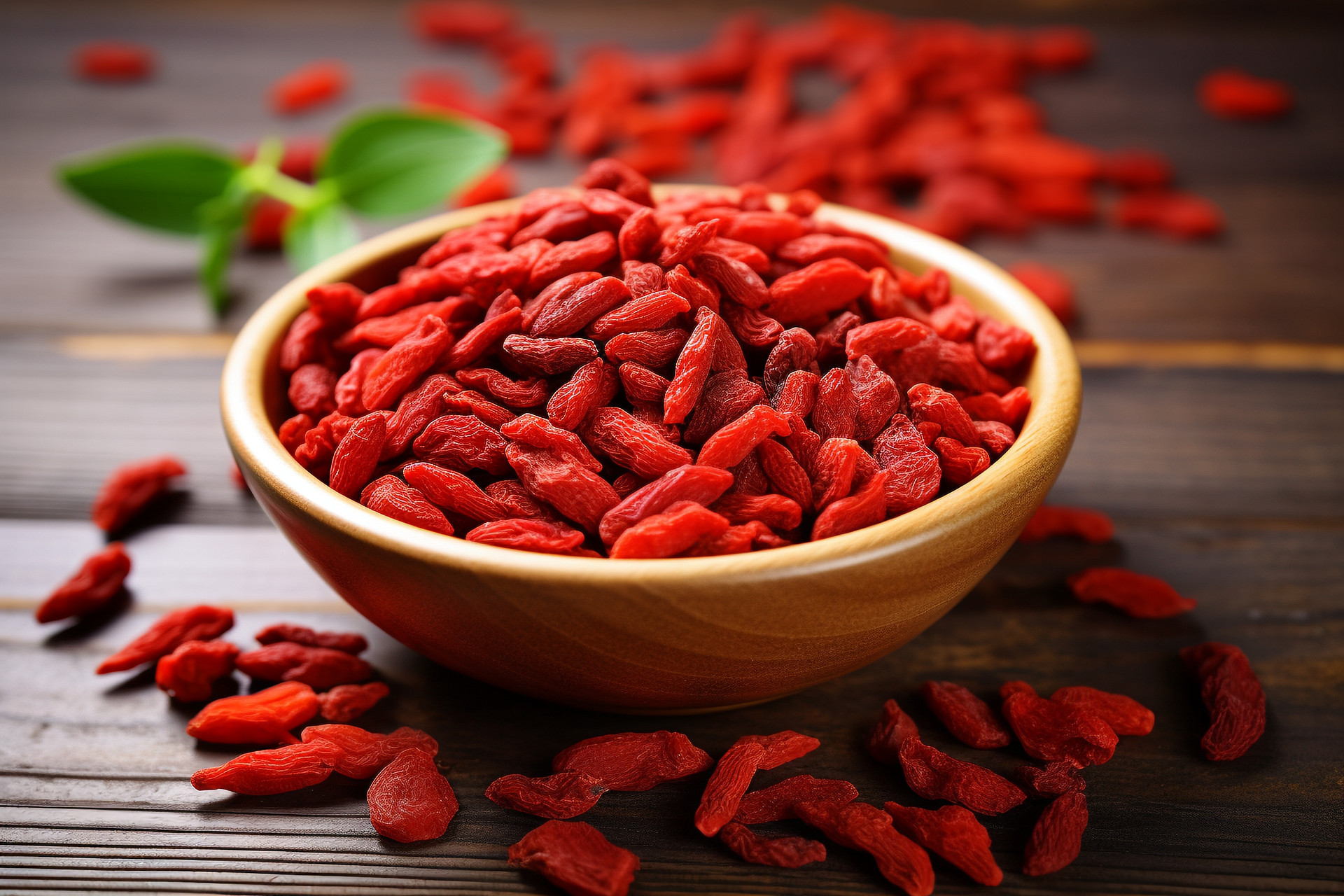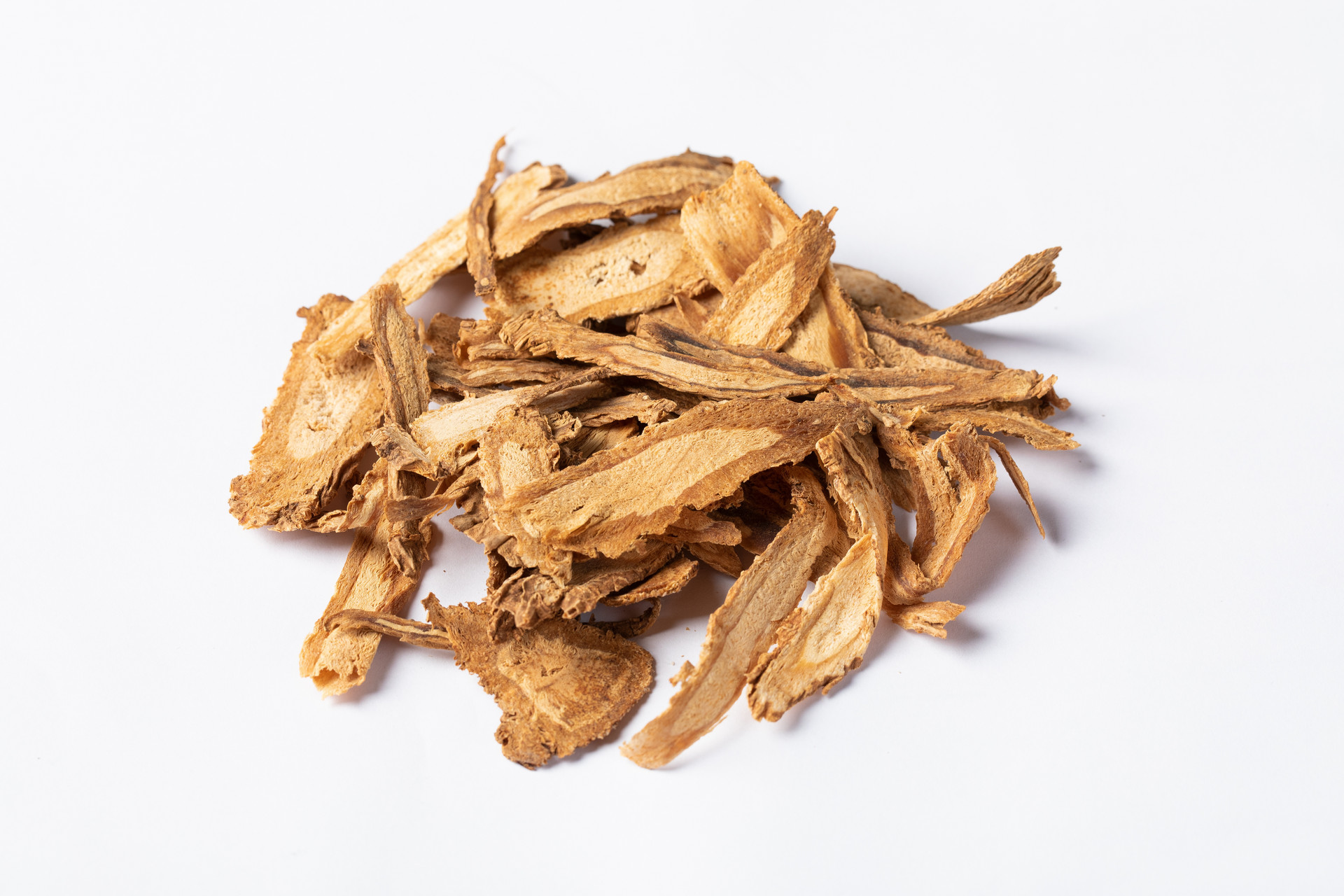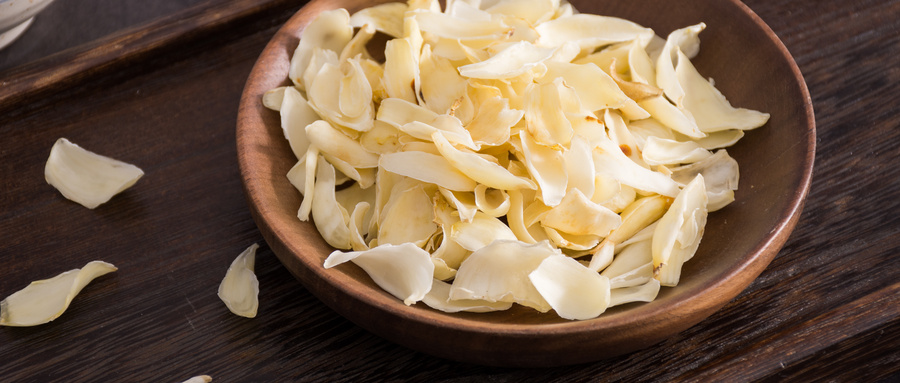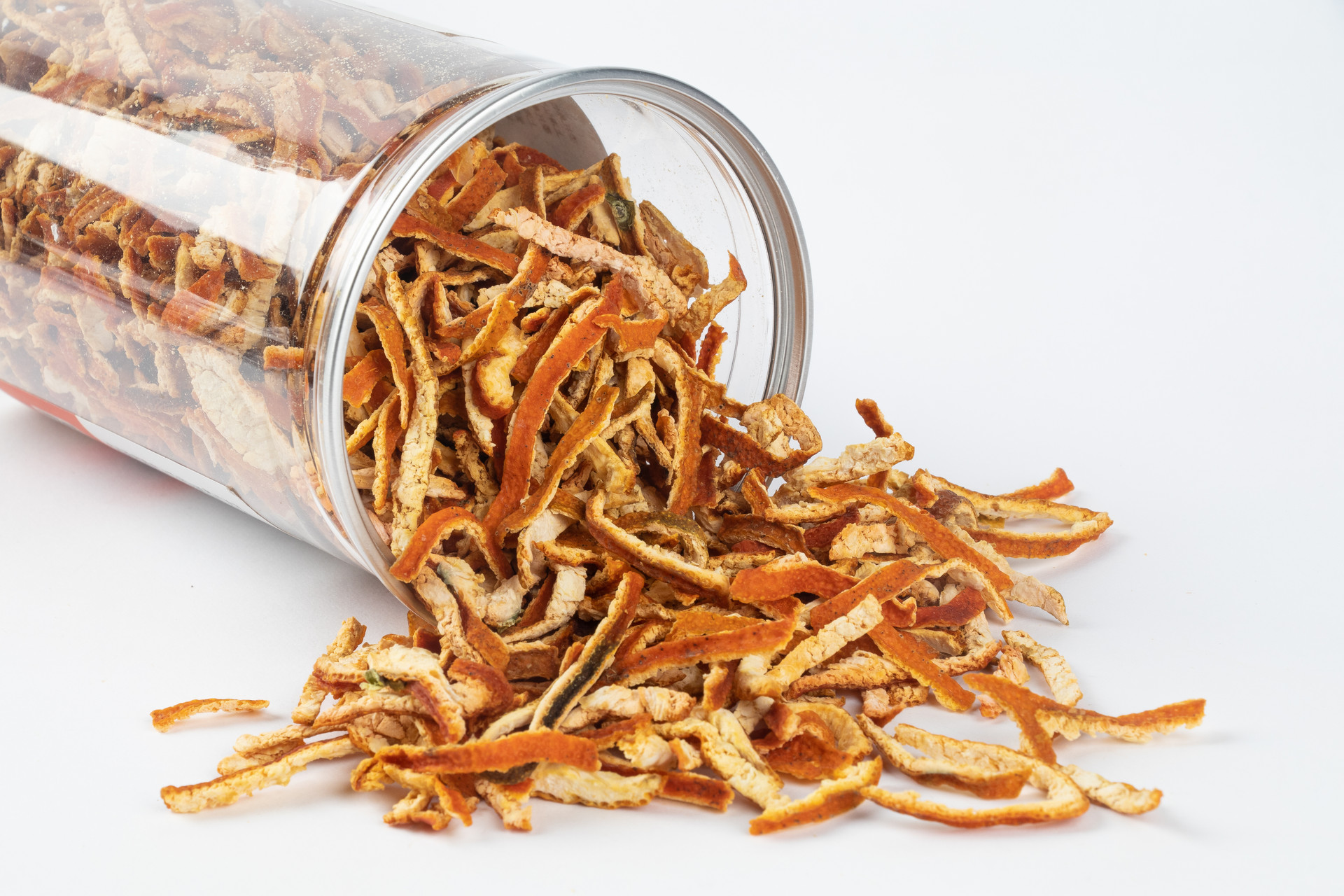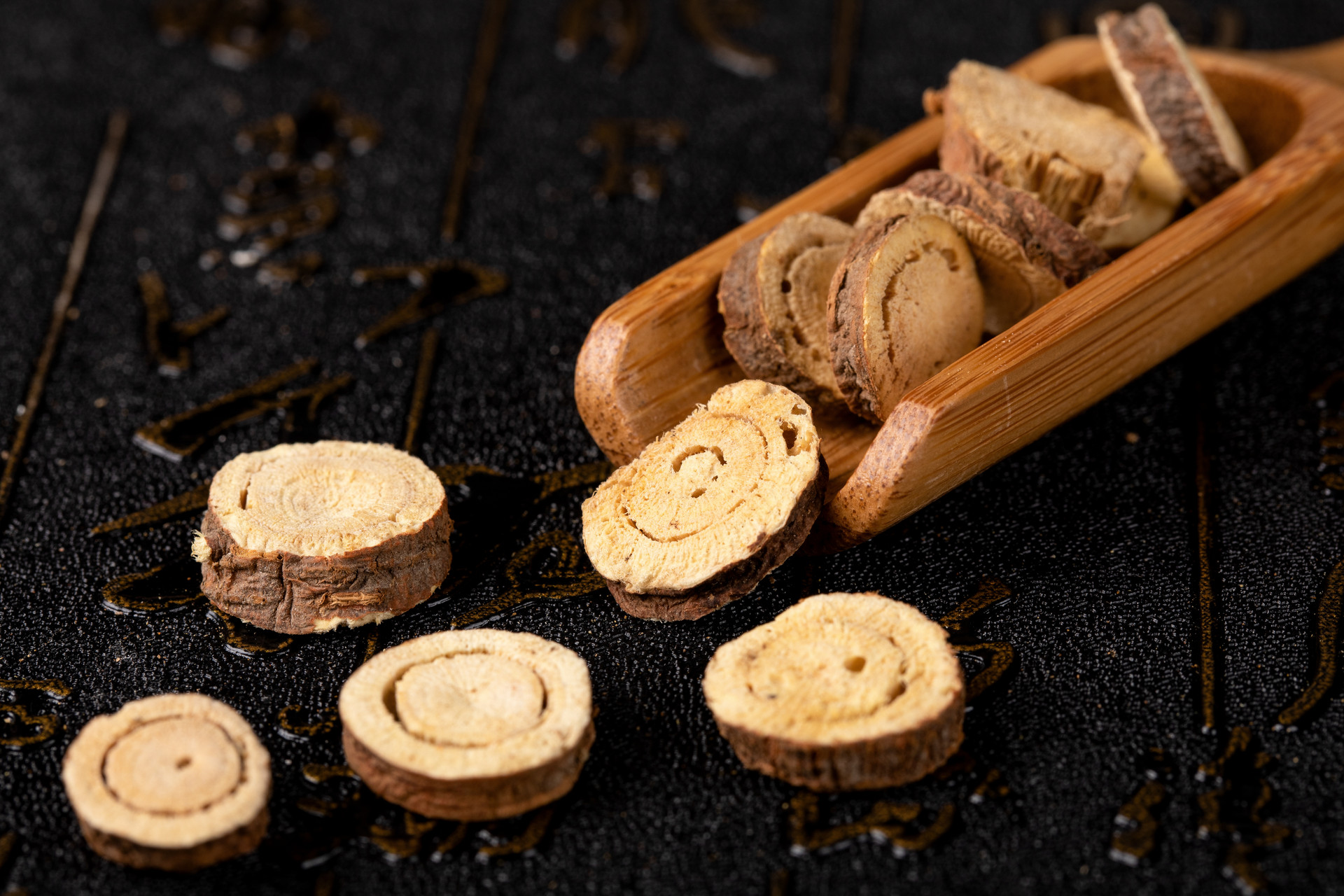The bark of the prickly ash tree, also known as the Kalopanax septemlobus (Thunb.) Koidz., is commonly referred to as Dingtong bark, Dingpi, or Chuantong bark. It is mentioned in the book "Jiu Huang Ben Cao". The bark can be collected throughout the year by peeling it off the tree, washing it, and drying it.
[Processing Method] Take the raw material, remove impurities, scrape off the thorns, wash it, moisten it, cut it into pieces or strips, and dry it.
[Appearance of the medicinal slice] It is irregularly shaped, appearing as chunks or strips. The outer surface is dark brown or brownish, rough, and has dense nail marks. The inner surface is yellowish-white, smooth, with fibrous textures, and has a tough texture. It has a fragrant aroma, with a slightly spicy and numbing taste.
[Processing Purpose] The bark of the prickly ash tree has a pungent and bitter taste, and a cooling nature. It has the functions of dispelling wind and dampness, promoting blood circulation, relieving pain, killing insects, and stopping itching. Processing the bark makes the medicinal material clean, facilitates the dissolution of the effective components, and makes it easier to formulate and prepare. It is used for rheumatism, numbness in limbs, toothache, bruises, fractures, boils, and carbuncles. For example, when soaked in white wine with the bark of Acanthopanax, it can alleviate waist and knee pain ("Jilin Chinese Herbal Medicine"); when ground into powder with the same amount of Xanthium sibiricum, mixed with petrolatum or lard, it can be applied externally to treat scabies and tinea ("Anhui Chinese Herbal Medicine").




